Auto Loans
Affordability
Loan Payment Options
Biweekly Payments
Compare Rate & Term
Rebate vs Low Interest
Home Equity Loans
Lease or Buy
 Car Operating Cost Calculator
Car Operating Cost CalculatorThis calculator will help you to estimate the cost of owning and operating your automobile. We also offer a sister calculator which can be used to compare two vehicles or financing scenarios side-by-side.
Authored by Jose Abuyuan on June 12, 2020
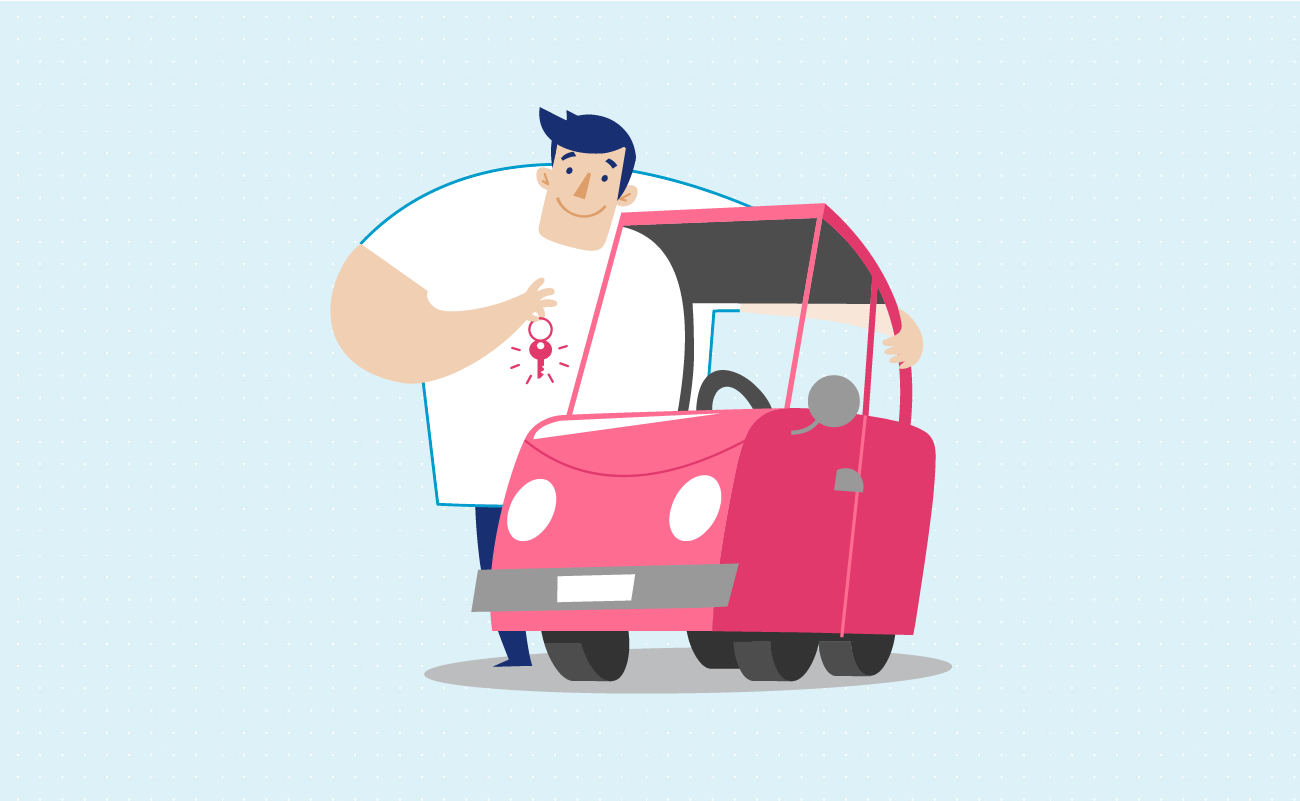
Much like houses, automobiles are an expensive proposition. Besides their high prices, vehicles also come with other costs. Don't think that the price at the dealership is the only thing you'll need to worry about. Some are straightforward, such as the workaday costs of fuel and maintenance. Others, such taxes and insurance premiums, are much less obvious.
If you have the means to afford the lifetime costs of a supercar, go ahead and get it. But if you're strapped for cash or starting out, it pays to think beyond the price tag. Even if you could afford the car today, its lifetime costs could become a burdensome part of your budget. Knowing the true costs of owning a specific model can help you find the car that suits your needs and budget.
Fuel costs are the first to come to mind when talking about operational expenses. Regardless of the economic climate, it pays to have a car that can pack several miles per gallon. But they are far from the only thing you'll need to think about. Besides fuel, the following are the most crucial lifetime costs of vehicle ownership:
Choose a vehicle that strikes the balance between the initial and lifetime costs. Often, these expenses run parallel to one another. Sensible fuel efficient vehicles cost less to tax. They are easier to maintain and insure than gas-guzzling muscle cars. Other times, this isn't as clear. Run the total of all the possible savings you can make and compare them with your actual needs. You'll also need to focus on total savings over those in a single category. Sometimes, paying a higher tax on a car can save you more money on everything else when taken together.
In 2017, the American Automobile Association calculated the average annual cost of car ownership. The data assumes a yearly average mileage of 15,000 miles.
| Category | Annual Cost |
|---|---|
| Small Sedan | $7,114.00 |
| Hybrid | $7,736.00 |
| Electric | $8,320.00 |
| Small SUV | $8,394.00 |
| Medium Sedan | $8,643.00 |
| Medium SUV | $10,265.00 |
| Large Sedan | $10,403.00 |
| Pickup | $10,839.00 |
How these costs add up can vary. The study found that electric vehicles had the lowest overall repair and maintenance costs at 6.6 cents per mile. However, they have higher insurance premiums and, in some states, tax liabilities. Meanwhile, SUVs which are not known for fuel efficiency or their tax friendliness, are often easier to insure.
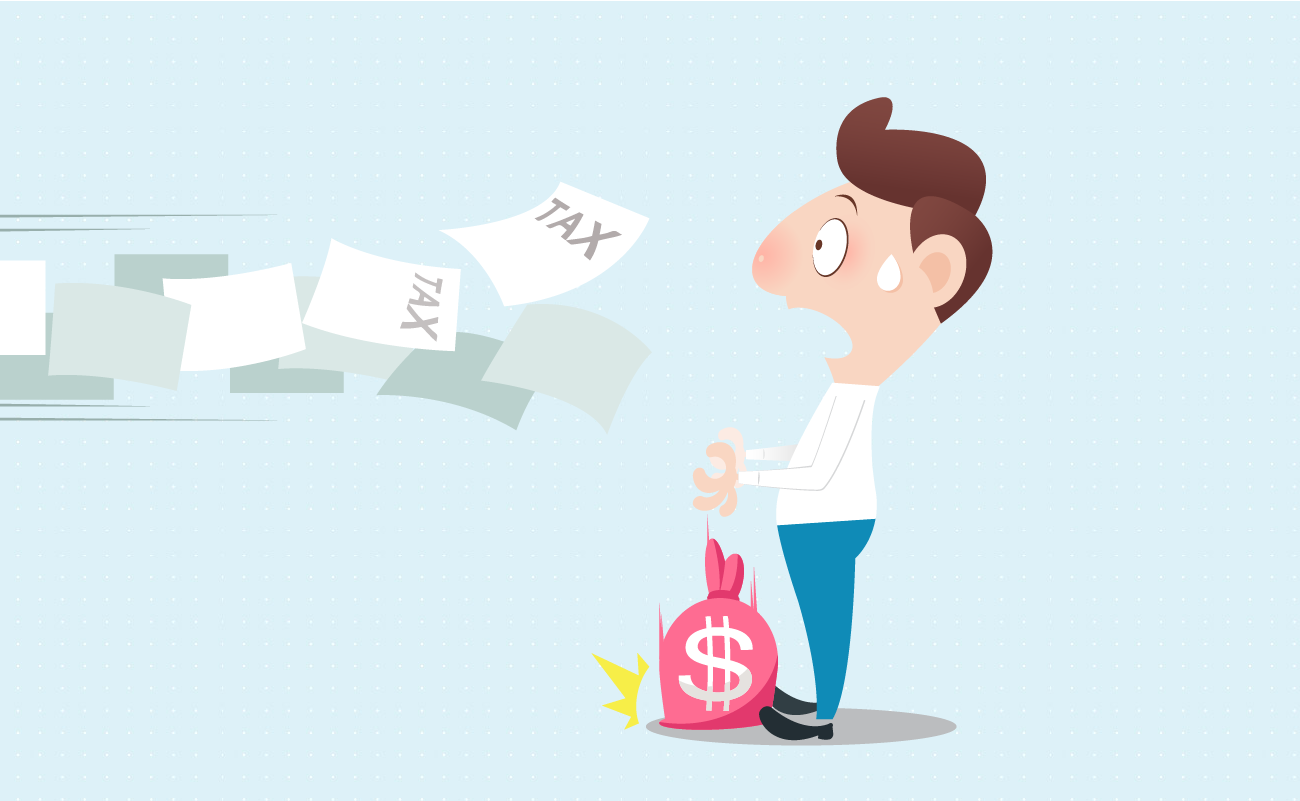
There are only two things certain in life. Safe and responsible driving helps you keep the other one at bay. The impact of taxes are much more difficult to soften. In many places in the U.S., taxes are not included in the sticker price of the vehicle. This can be quite surprising when it comes to driving your vehicle off the lot. It's almost off-putting to find out how many taxes you'll need to pay on the spot.
Do your research and find out all the taxes that would apply when you buy a vehicle. Understanding the tax costs can help avoid these rude surprises. It can also be one of the things that help you decide between two different vehicles.
Most motorists can expect these taxes to apply to your car:
Note that buying a car out of state will not spare you from the taxes in your home state. Often, that means you'll need to pay taxes to bring your car home.
Rates for taxes vary between states, counties, and cities. The amount of taxes you'll owe will depend on the class of vehicle you'll buy. As a general rule, the larger or fancier the vehicle, the higher the taxes you'll owe.

In some states, electric car owners can expect a punitive spike in taxes. This may nullify any of the potential tax advantages you could receive. Compare your state's taxes with your potential savings before buying an electric vehicle. You might find that a different eco-friendly way to save money works better for you.
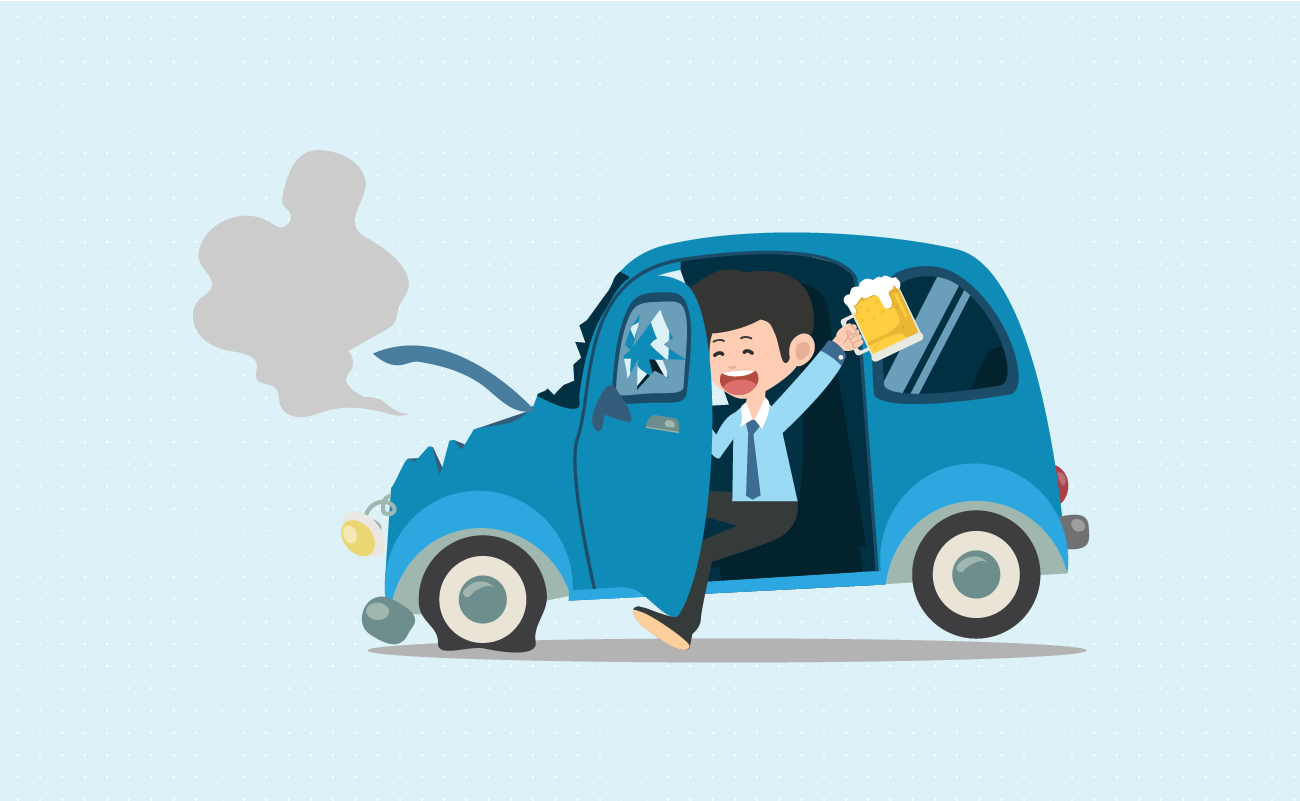
All cars are not insured equal. Insurance companies calculate costs based on factors influencing a car's perceived risks. In general, the less likely it is for your car to get damaged or stolen, the lower your premiums would be. More powerful engines, for instance, are thought to be more risky since you'll be tempted to put the pedal to the metal. Insurers even give specific rates to models based on their statistical likelihood to crash or be stolen. In general, the cheaper your car, the cheaper your insurance costs would be. Usually.
Another factor contributing to insurance premiums is the costs of repairs. Insurers tend to charge higher rates for cars that are difficult to repair. Special features (e.g. automated moonroofs and sound systems) might also raise your premiums. Luxury vehicles, with equally expensive parts and features, have some of the highest insurance rates.
The type of people drawn to a specific car model also influences how high insurance premiums can get. Some of the lowest premiums go to minivans that cater to growing families. Parents with small kid are likely to drive with care on the road. Meanwhile, sports cars are bought by two types of people: those who are middle aged who want to feel young, and those who are young (and possibly reckless). Higher premiums are the norm, which can be a problem for the average twenty-something driver.
Finally, insurers charge premiums based on the damage a vehicle could take. Not much of a problem for a resilient mid-size vehicle or an SUV, but an ever-present risk for a subcompact. Safety features that could prevent these accidents, meanwhile, can bring premiums down. If you're driving a car that's safe, your likelihood of crashing (and causing damage) decreases as well.
There are other factors affecting the price tag of your insurance premiums. Knowing where you can cut back can reduce your monthly costs.
Be sure to understand the extent of your car's insurance needs before getting insured. Not every car would need the same level of coverage. The very basic liability coverage may be enough for a used car that's seen better days. Often, all you need is to pay for the damage you caused to someone else. If you have a newer car, on the other hand, both collision and comprehensive coverage is essential.
Deductibles are another way to reduce your premiums. This refers to the expenses you'd need to pay out-of-pocket before the insurance companies cover the costs. A low deductible seems attractive on the surface (you pay less when an accident happens). However, it leads to higher premiums. Over time, you'll end up paying more than what you expect to receive in an accident.
Insurers charge higher rates for leased cars. Take this into account before choosing to rent instead of own.
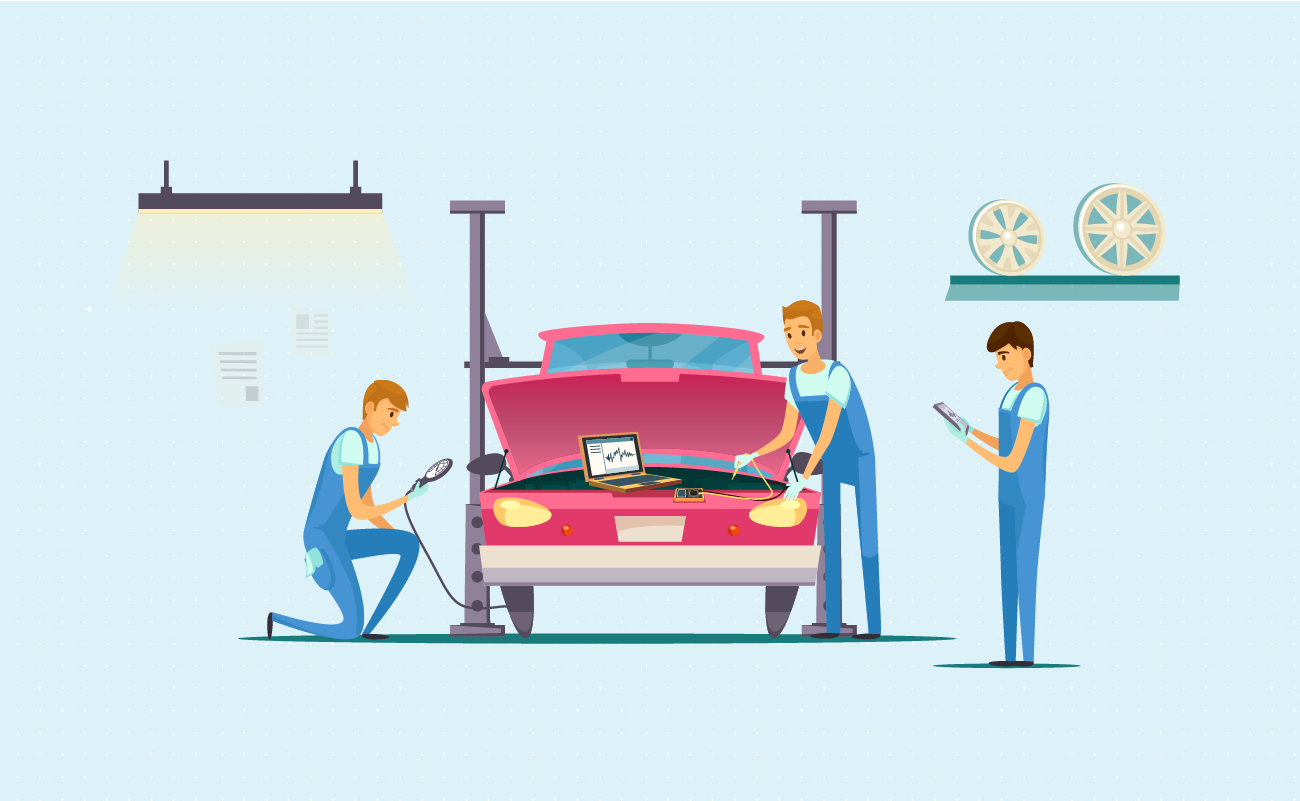
Even the most reliable machine will wear out with constant use. Without regular maintenance, you not only lose the aesthetic appeal of your vehicle. You also increase the likelihood of engine failure and other problems. These can come at you at inopportune moments and cost you a small fortune in repairs and lost time. And if your braking and engine systems fail, it could lead to life-threatening accidents. Regular maintenance is the small price to pay for long-term reliability and safety.
The first three years of a new car would cost you less in maintenance. In this time, your vehicle is still covered by warranty and free repair periods. Once this ends, all the repair costs will fall on your shoulders. The costs of car maintenance rises as your car grows older. At a certain point (usually about 13 years), many motorists disown their cars. By then, the maintenance costs may have exceeded the car's actual value.
Lowering your maintenance costs isn't only a matter of sticking to maintenance schedules. Choose a car with a reputation for reliability. Toyota and Nissan are known for their dependable car models. A Camry or a Sentra may not win any beauty contests or the Indy 500, but they can get the job done with little trouble. Likewise, many of the higher-end vehicle brands often sacrificed longevity for prestige.

Don't think that keeping up regular maintenance is just a “new car” thing. Giving an older car a much needed tune-up could give it a new lease in life. Old Reliable's got it where it counts, but you'll need a little care to make it happen.
As a rule of thumb, the maintenance costs for most cars ties to the availability of replacement parts. Older cars can become more difficult to maintain if the parts used to repair them are out of production. Many classic car owners know the trouble of having to make new parts special. Newer cars, meanwhile, have parts that are easier to get.
The type of maintenance and repair a specific model or brand would need also adds to the costs. The now-discontinued Mercury line, for instance, tended to need their fuel pumps replaced. Do your research and pick a model whose common repair issues are less likely to break the bank.
Regular maintenance can also boost your engine's efficiency. Regular oil changes alone can help reduce your fuel consumption by a long shot. Be sure, though, to choose the type of maintenance work that your car needs. It pays to have a mechanic you can trust to identify these issues.
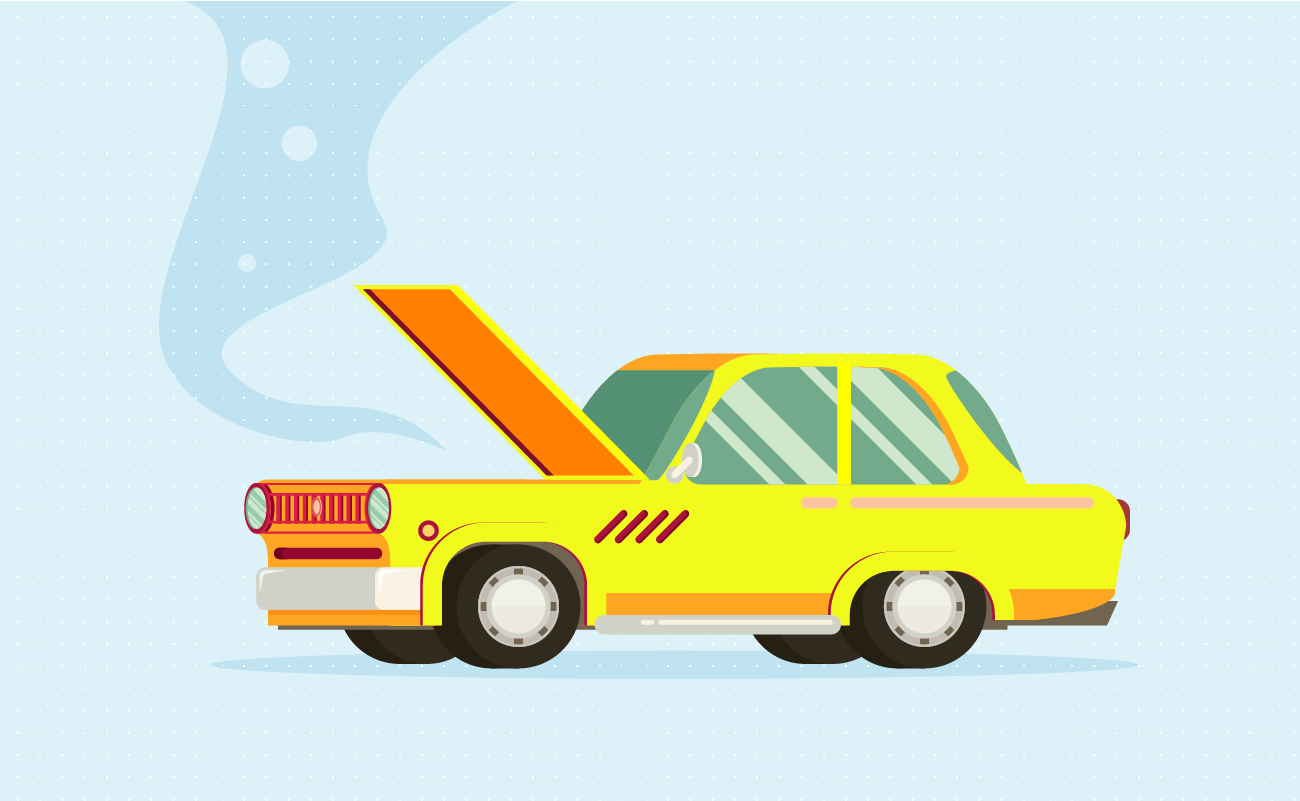
It's tempting to go for the cheapest car that meets your needs. But be warned. If you're not careful, you could find yourself with a car that costs more in maintenance than it cost to buy.
All motorists dread driving a lemon. Although every model has their rejects, some lines are less reliable than others. A few cars gained the near-unshakable reputation for producing nothing but lemons. Often, these were the products of poor experience, slipshod management, or corporate greed. The most infamous had atrocious design choices and dangerous flaws.
One of the biggest risks of buying the newest car models is the possibility of a recall. The earliest models off the line would have a higher likelihood for lemons. Late models tend to be more reliable.
Often, people bought inexpensive cars because they thought that's all they could afford. Many of the infamous lemon lines found buyers from this market segment. Cars like the Ford Pinto and Yugo GV were economy models marketed for entry-level motorists. They often pay the price in maintenance, insurance, or plain frustration. And that's assuming nothing goes wrong.
And if that doesn't convince you that a lemon is more trouble than it's worth, this will. Cars with a reputation for unreliability also get slapped with higher-than-average insurance premiums.
Not all lemons are cheap. Some of the most infamous lemons are vehicles meant to be supercars. These include the Lamborghini Espada, the DeLorean DMC-12 (yes, that one), and the Range Rover. At least the DeLorean managed to (eventually) live that come its re-release in 2013.
Often, having an infamous lemon in the roster is the last straw for a luxury brand. Hummers were already derided as a symbol of wasteful consumption. As if it weren't enough, the Hummer H3 was fraught with technical issues that made it more unpopular. The brand was discontinued in 2009.
For financial gurus like Dave Ramsey, buying used is the best way to go. A pre-owned vehicle is usually much cheaper than a new car of the same model. Although the search is difficult, the up-front savings you make are worth the extra effort.
These older models, if in good condition, do not have the risks of factory recalls and early model defects. These can help you save money in maintenance and repair costs. And that's not the only place where you'll save. Used cars in good condition cost less to insure than new ones. They're also much cheaper than insuring a loaner, too. Their registration fees are much lower, helping you cut down on your up-front expenses even more.
Finally, an older car does not depreciate as fast as a new one. This can help you recover more of your original costs in case you need to sell it in the foreseeable future.

Use depreciation to your advantage. The best type of pre-owned vehicle is a gently used late model vehicle. New cars tend to lose up to 20 percent of their value after purchase. A certified pre-owned vehicle, meanwhile, can also net you a good warranty policy from the manufacturers.

Buying the right type of car is just the first step in cutting down on the lifetime costs of car ownership.
Even the simple act of shopping around for insurance can help you find lower rates. Get quotes from several companies at once. That way, you increase your chances of finding good deals for identical policies. Be sure to include reliable companies in your short list of insurance providers. This way, you'll get good service along with the price.
A few everyday habits can help you save, too. Driving with care provides you with a twofold advantage. It helps reduce your fuel consumption while easing everyday wear and tear. Aggressive driving styles exacerbate automobile damage. Rapid acceleration and abrupt braking also wastes a lot more fuel. Over time, this adds up.
The fuel savings from careful driving alone can make the efforts worth it. This can also help you make up the difference when you choose a car that isn't as fuel-efficient as you'd like. Take it easy on the brakes, speed up gently, and use cruise control more often.
If you have the extra time to spare (and these days, who doesn't), try to learn to do some of the simplest maintenance jobs by yourself. Informative sources on YouTube and elsewhere can help you learn basic car maintenance. Some of these jobs, such as oil changes, are essential to your car's upkeep. If you do it right, you can save a lot on some of your car's most common maintenance chores.
If you're not buying your car with cash, get the shortest loan term you can afford. This not only shortens the amount of time you'll be in debt. It reduces the amount you spend on interest payments on a depreciating asset. Negative equity can have dire consequences for your financial future.
You can get a much better deal for both auto loans and car insurance if you keep a sterling credit rating. To achieve this, make sure you pay your prior debts on time. You'll often find that doing this is it's own reward.
Use our auto affordability calculator to help you determine if buying a car can fit in your budget.
Jose Abuyuan is a web content writer, fictionist, and digital artist hailing from Las Piñas City. He is a graduate of Communication and Media Studies at San Beda College Alabang, who took his internship in the weekly news magazine the Philippines Graphic. He has authored works professionally for over a decade.